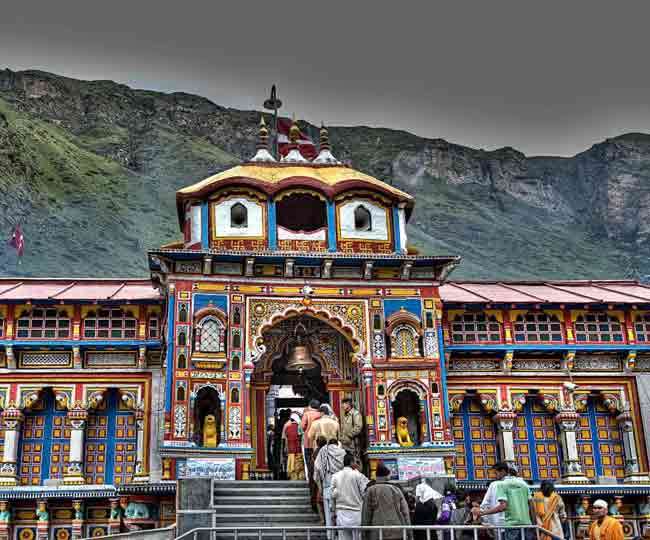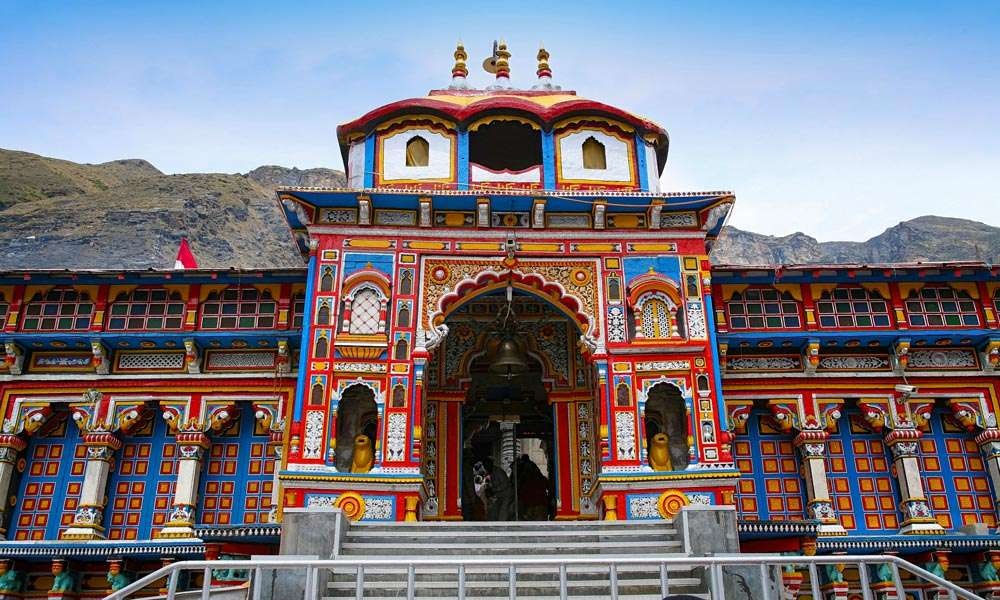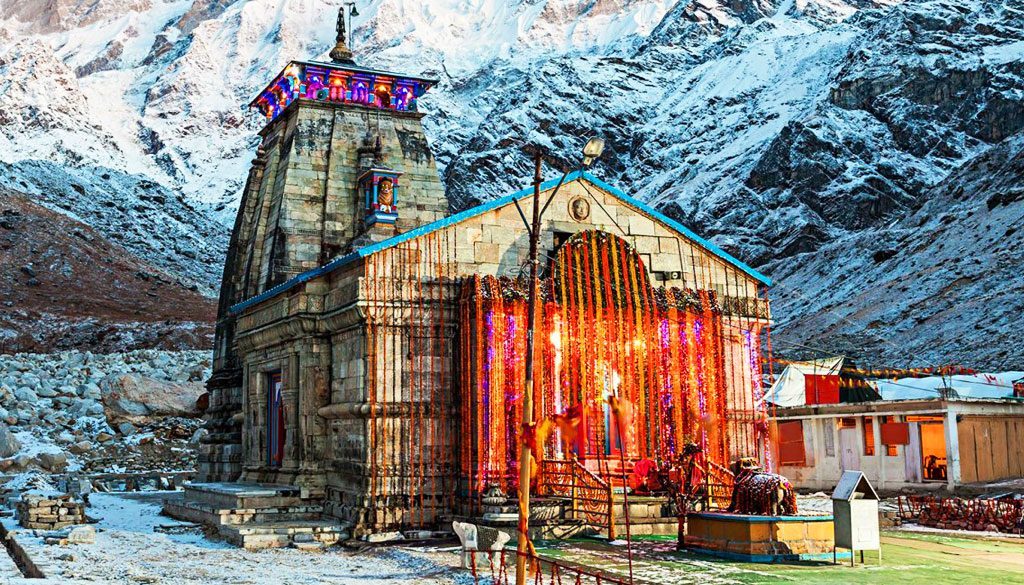FAQs
Q1: What is the Char Dham Yatra?
A: The Char Dham Yatra is a pilgrimage in Hinduism that involves visiting four sacred sites in Uttarakhand, India. The four sites are Yamunotri, Gangotri, Kedarnath, and Badrinath.
Q2: What is the significance of the Char Dham Yatra?
A: The Char Dham Yatra is considered highly significant for spiritual seekers seeking blessings, purification, and spiritual upliftment. It is believed that undertaking this pilgrimage washes away sins and helps one attain salvation or Moksha.
Q3: When does the Char Dham Yatra take place?
A: The Char Dham Yatra usually takes place during the summer months, starting from late April or early May and continuing until October or November. The specific dates can vary each year based on the Hindu calendar and weather conditions.
Q4: How can I reach the Char Dham sites?
A: The Char Dham sites are accessible by road and require some amount of trekking, except for Badrinath, which is reachable by road. The nearest major towns to each site are generally well-connected by road, and from there, pilgrims can either trek or hire local transport to reach the temples.
Q5: Is the Char Dham Yatra physically challenging?
A: Yes, the Char Dham Yatra can be physically challenging, especially the treks involved in reaching Yamunotri, Gangotri, and Kedarnath. The treks require a moderate level of fitness, as they involve walking on uneven terrain and ascending steep paths. However, people of all ages undertake the pilgrimage, and arrangements such as palanquins, ponies, and helicopters are available to assist those who require assistance.
Q6: Are there any specific rituals or ceremonies during the Char Dham Yatra?
A: Yes, during the Char Dham Yatra, pilgrims perform various rituals and ceremonies. These may include taking holy dips in rivers or kunds (natural water springs), offering prayers and aartis (devotional ceremonies) at the temples, and participating in religious discourses and bhajans (devotional songs).
Q7: What are the accommodation options during the Char Dham Yatra?
A: There are various accommodation options available during the Char Dham Yatra, ranging from budget guesthouses to mid-range hotels and ashrams (spiritual retreats). Some locations also have government-operated guesthouses and dormitories for pilgrims. It is advisable to make advance bookings, especially during peak pilgrimage seasons.
Q8: Is the Char Dham Yatra open to people of all religions?
A: Yes, the Char Dham Yatra is open to people of all religions. While it holds significant religious importance for Hindus, people from different faiths and spiritual seekers are welcome to visit the sites and experience the cultural and natural heritage of the region.
Q9: Are there any medical facilities available during the Char Dham Yatra?
A: Yes, medical facilities are available at various points during the Char Dham Yatra. The towns and villages en route to the pilgrimage sites have medical centers, clinics, and hospitals to cater to the medical needs of the pilgrims. It is advisable to carry necessary medications and consult a healthcare professional before undertaking the journey.
Q10: Is it safe to undertake the Char Dham Yatra?
A: The Char Dham Yatra is generally considered safe. However, it is essential to take necessary precautions, follow the guidance of local authorities, and be prepared for the challenging terrain and weather conditions. It is also advisable to travel with a reliable tour operator or seek guidance from experienced individuals familiar with the pilgrimage.

















